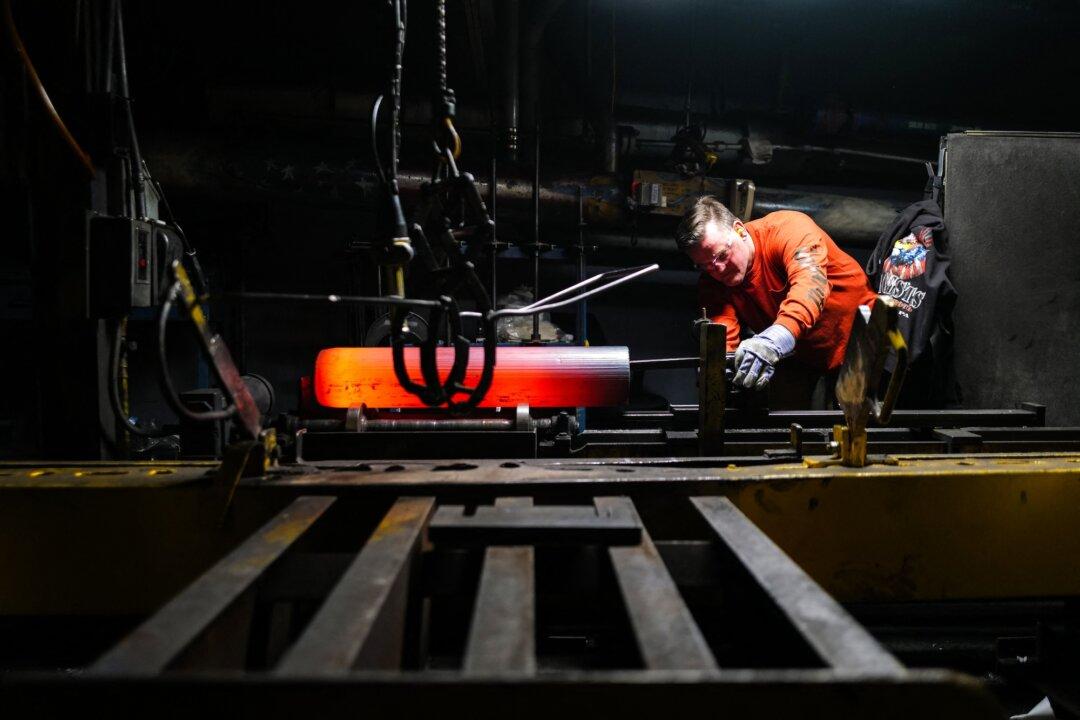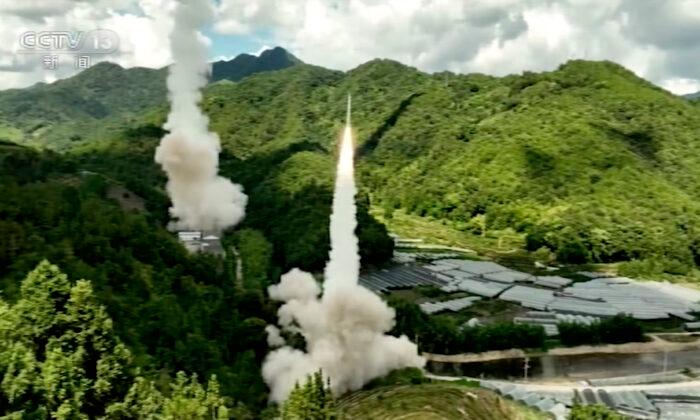If the advertised price and performance are realized—a huge if—Russia may have a new bargain-price 5th generation fighter that could provide both commercial and combat competition for the Lockheed Martin F-35.
Sukhoi’s 4th generation large twin-turbofan Su-27, Su-30, and its more recent 4+ generation Su-35, similar to but more capable than the Boeing F-15C and F-15E, have been successful commercially and have been purchased and copied by China.
While there has been some previous mention in the Russian press for this program, the Su-75’s emergence late last week being towed under an obscuring cover at MAKS, was a surprise revelation.
Adding up the Russian press reports, statements by officials, and data revealed by Sukhoi, here is what we know about the Su-75. It is a single engine stealthy strike fighter with a delta wing and canted twin-taileron configuration, axisymmetric engine thrust-vectoring, at least three bays for internal weapon carriage, and an advanced cockpit area derived from the Su-57.
Before MAKS, one Russian report said it would have a weight of 18 tons; this has not been revealed so far at the Moscow Airshow. This is important, as it would then be more in the class of the 19-ton 4th generation Lockheed Martin F-16 rather than the 30-ton 5th generation F-35A.
It has an advertised performance of a Mach 1.8 speed, a full range of 1,740 miles (2,800 kilometers), a combat radius of 870 miles (1,400 km), and a weapons payload of 7 metric tons. It will also feature a modern electronic suite of an active electronically scanned array (AESA) radar that can track 30 targets and fight six simultaneously, an active electronic warfare capability, data link and networking, and its flight and combat systems will be enhanced with artificial intelligence (AI).
Future versions may include an unmanned version able to cooperate with the manned version, a twin-seat version and an aircraft-carrier compatible version. It has an advertised short take-off or landing (STOL) capability, but so far, no mention of a planned vertical landing capability.
It is to make its first flight in 2023 and begin production in 2026 to 2027, which would constitute a rapid pace, considering the Su-57 took about a decade to go from first flight to Russian Air Force service.

But the real kicker is the price: Russian officials say the Su-75’s will cost an amazing $25 to $30 million per aircraft. By comparison, the Su-35 may cost over $80 million, while China’s 4+ generation Chengdu Aircraft Corporation J-10C may cost over $60 million. The Su-75’s price would beat China’s best bargain fighter offering, the $50 million 12-ton, lesser performing but AESA-equipped, Chengdu FC-1/JF-17 Block 3.
Meeting price goals is always difficult. Early in its development, the F-35 was advertised as having an estimated cost of $50 million. But only after achieving the economies of a large production run has the conventional take-off and landing (CTOL) F-35A’s price settled at about $80 million per aircraft, with projections that it will fall to $77 million. The short take-off and vertical landing (STOVL) F-35B and F-35C aircraft carrier version are more expensive.
Achieving the Su-75’s price goals may depend on sufficient exports, as Russia may be challenged to buy large numbers. It prefers its larger, longer-range, and better armed Su-57, but can only afford 76 to be built by 2028. Russia’s main medium-size fighter maker, the vaunted Mikoyan Gurevich (MiG), had new lightweight and heavy naval 5th generation fighters on display in model form a MAKS, but it is unlikely they will be developed as this company is nearly out of business.
A Russian report says that the Su-57 already has one export customer, while a Russian official says it will be purchased by the Russian Air Force, with a projected market for 300 so far. Potential significant customers, that have also purchased or produced Russian fighters, include India, China, Algeria, Venezuela, and Iran.
However, India is so far committed to indigenous 4+ generation, 5th generation and even a new carrier fighter design. China is developing the medium-weight twin-engine Shenyang FC-31/J-35 for carrier and land-based operations. It could purchase a small number of Su-75s for intelligence exploitation, but may be more interested if Sukhoi would develop a STOVL version to compete with the F-35B for basing on China’s new large amphibious strike ships.
In contrast, the F-35 is set to dominate the medium-weight 5th generation fighter market. It just gained its 16th customer, Switzerland, with over 655 having been delivered out of planned acquisitions of over 3,000.
In a sense, the F-35 forms its own military “alliance” able to instantly share intelligence, supplement space-based surveillance and communication systems that may come under attack and benefit from global logistics and training assets.
By the early 2030s, the F-35 could be undergoing a series of upgrades, to include a new more powerful and range-increasing engine and regular upgrades of its radar and other electronic systems. It could also be gaining new laser weapons that could initially defeat enemy missiles and then become an attack weapon.
In addition, the Su-75 will also have to fight for market share with other new lower cost 5th generation fighter competitors from South Korea and possibly Turkey.
If the Su-75 were to be purchased by Iran, China, Venezuela or even North Korea, it would certainly merit concern. But it will have to win massive export success or sales to Russia in order to be competitive, much less to “Checkmate” the F-35.





